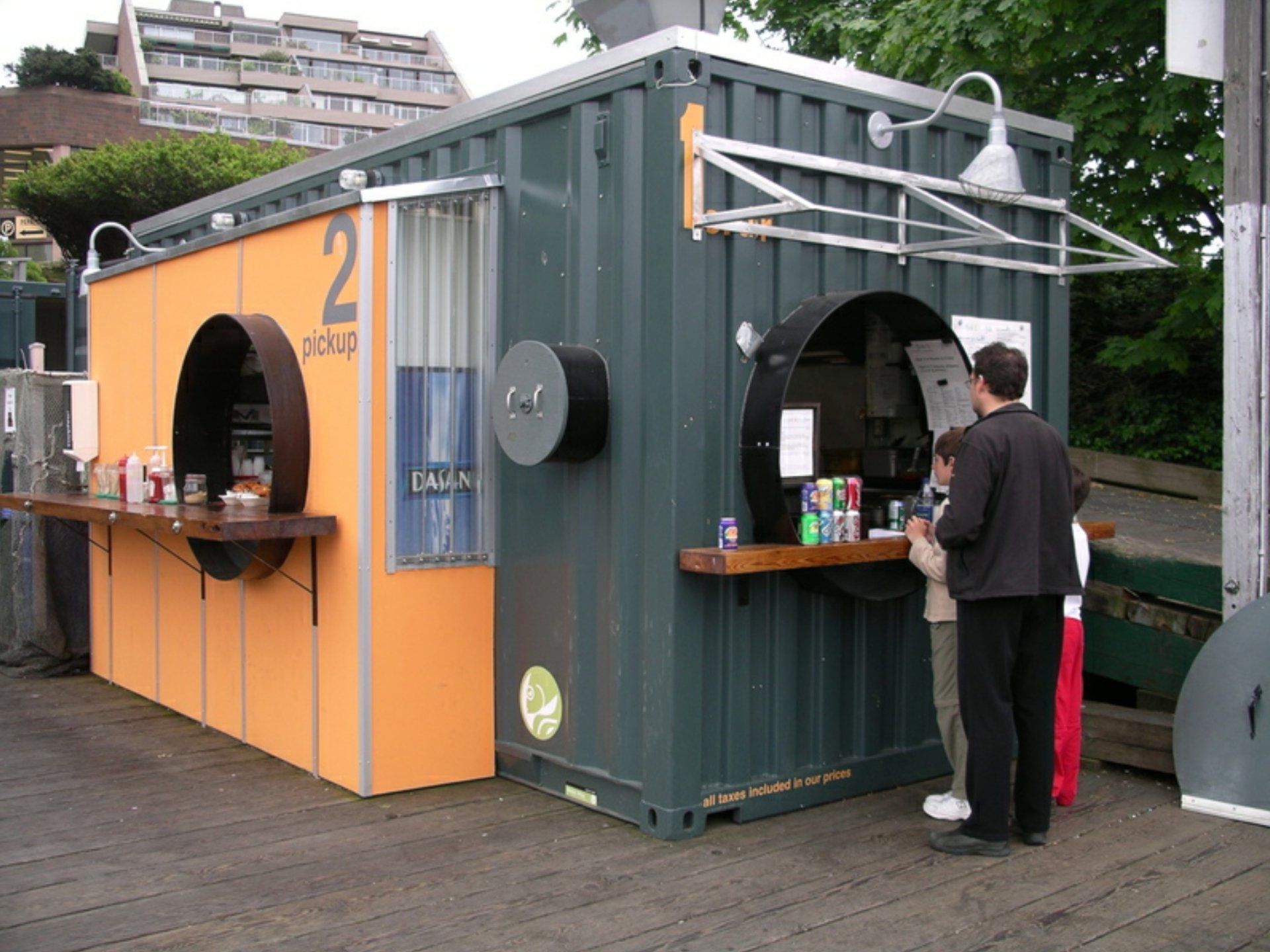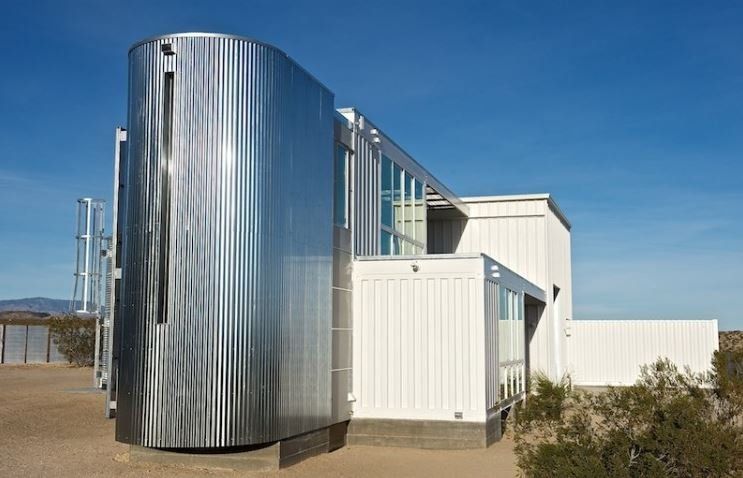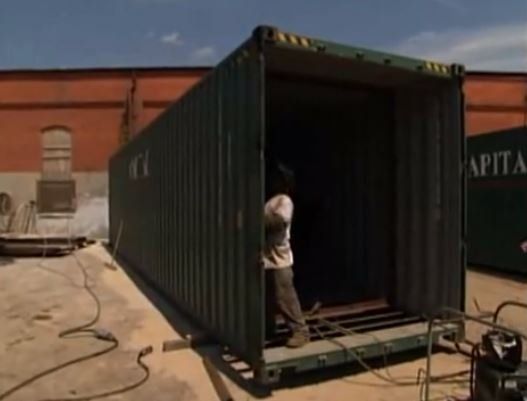



The purpose of this blog is to give you an overview of the 16 types of cargo containers. I will list each type below along with a picture of the cargo container type. I found this information on a YouTube video published by MarineInsight. I have also placed the full video below for your viewing pleasure.
1) Dry Storage Cargo Container
- these are the most common type of cargo containers. They typically come in sizes of 8x10, 8x20, or 8x40 cargo containers. They are graded based on a number of classes such as- as is, wind and watertight, cargo worthy and one trip containers.
2) Flat Rack Containers - these are similar to dry cargo containers, but have collapsible sides.
3) Open Top Containers - these cargo containers have an open top that can be removed.
4) Tunnel Containers - these cargo containers have doors on both ends.
5) Open Side Cargo Containers - these cargo containers have doors on their side that allow them to open wider for the loading of larger materials.
6) Double Door Cargo Containers - these cargo container have double doors. One on the side for larger material loading, and another door on the end. They typically come in sizes of 8x20 and 8x40 cargo containers.
7) Refrigerated Cargo Containers - these cargo containers are used for the refrigerated transport of goods.
8) Insulated Cargo Containers - these cargo containers come with regulated temperature control.
9) Tanks - these cargo containers are used for the transport of liquids.
10) Cargo Storage Roll Container - these cargo containers are foldable and are typically used for stacking material.
11) Half Height Cargo Containers - these cargo containers are half the height of a standard dry cargo container. They are useful for the loading of material.
12) Car Carrier Cargo Containers - these cargo containers are made specifically for transporting automobiles.
13) Intermediate Bulk Shift Cargo Containers - these cargo containers are made specifically for the intermediate transport of goods.
14) Drums - these circular cargo containers are typically used to transport liquids.
15) Swap Bodies - these cargo containers are custom made and are typically used to transport weapons.
16) Swap Bodies - these cargo containers typically have a strong bottom and a convertible top. They are used primarily in Europe.
We hoped you enjoyed this breakdown of the 16 types of cargo containers. To visit Marine Insights website click here. The full video I found on YouTube is below and runs about two and a half minutes.




